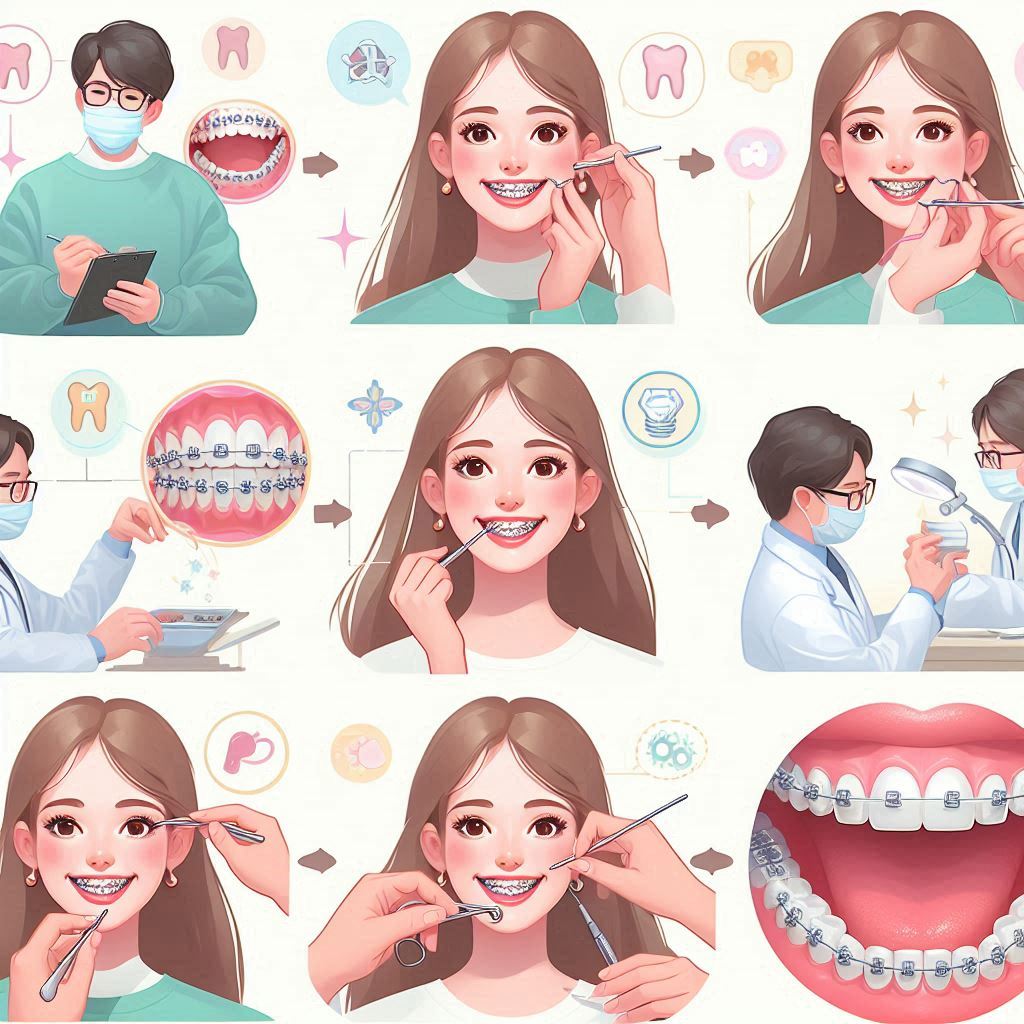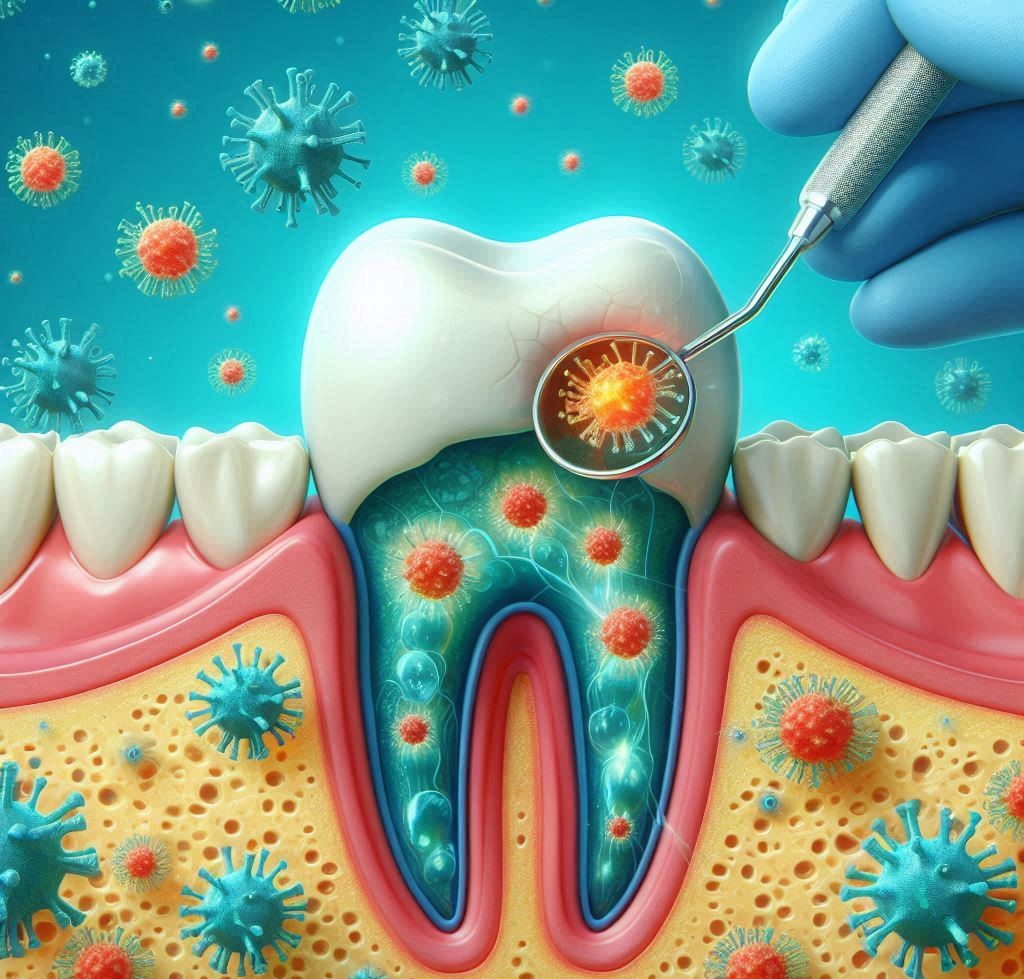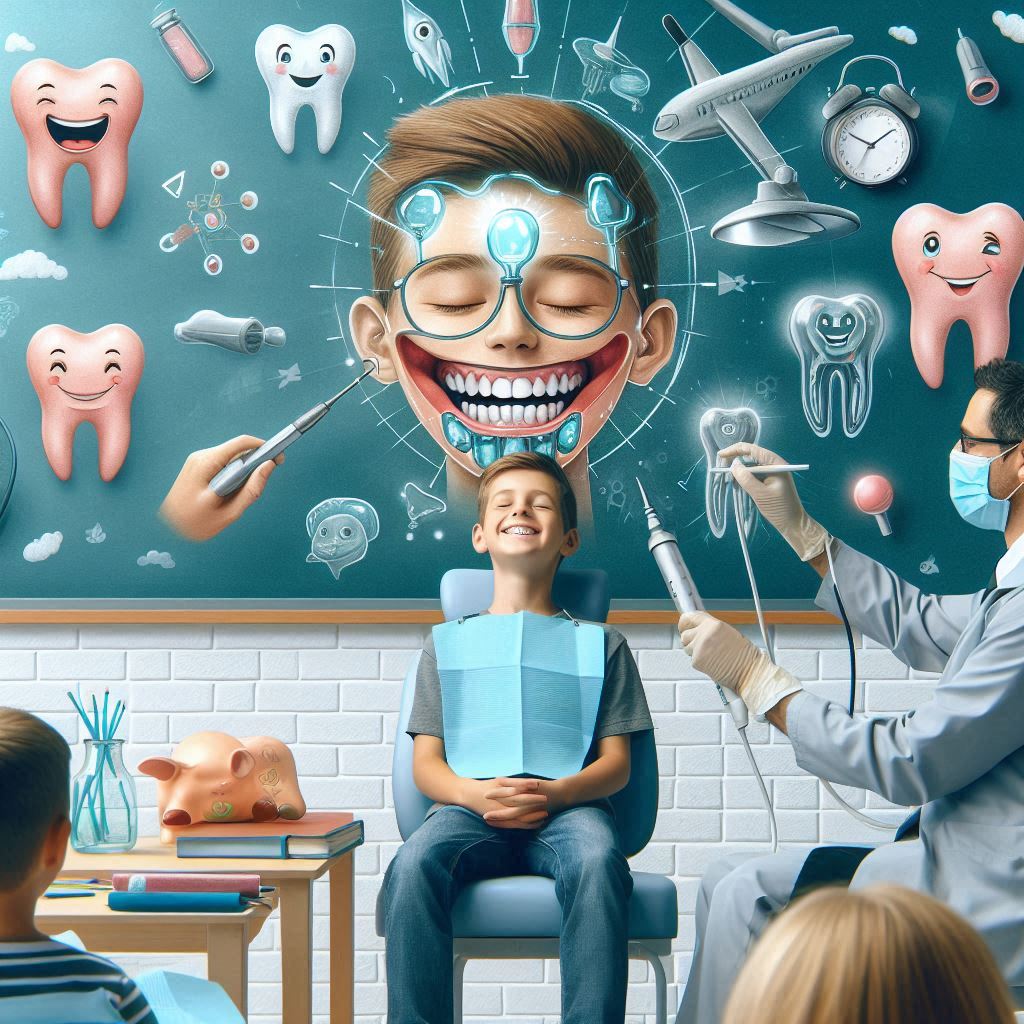Braces are a life-changing treatment that can greatly enhance the alignment of your teeth, improve your overall oral health, and boost your confidence. If you’re thinking about getting braces, you probably have many questions about the process. Knowing what to expect at each stage can help make the journey more manageable, from your first consultation to the moment your braces are removed.
This detailed guide will walk you through each step of the orthodontic treatment process. It covers everything from your initial visit with the orthodontist, where a thorough assessment will be made, to the placement of your braces, adjustments throughout the treatment, and finally, the removal of your braces once your smile is perfectly aligned.
Understanding the process helps reduce any anxiety and ensures you’re fully prepared for what’s ahead. You’ll learn about different types of braces, how often you’ll need to visit your orthodontist for adjustments, and how to take care of your teeth throughout treatment. By following your orthodontist’s instructions and maintaining good oral hygiene, you’ll achieve the beautiful, healthy smile you’ve always wanted. This comprehensive guide will provide all the information you need to feel confident throughout your entire orthodontic journey.
The Consultation: Your First Step Toward Straighter Teeth
Scheduling Your Initial Consultation
The process of getting braces begins with a consultation appointment with an orthodontist. This is the most critical phase of your treatment journey, as it sets the stage for everything that follows. You’ll meet with the orthodontist to discuss your goals for treatment and the concerns you have regarding your smile and bite. Many orthodontic offices offer free consultations, which are a great opportunity to ask questions, gather information, and understand your treatment options.
Initial Evaluation and Oral Examination
At the consultation, the orthodontist will begin by performing a thorough oral examination. This includes a detailed inspection of your teeth, gums, and overall oral health. The orthodontist will check for any issues such as:
- Overcrowding of teeth.
- Gaps between teeth.
- Misalignments like overbites, underbites, or crossbites.
- Crooked or rotated teeth.
- Any signs of gum disease or tooth decay.
The goal of the examination is to evaluate your current oral health and identify which specific orthodontic treatments will address your needs.
X-rays and Impressions
In addition to a visual examination, the orthodontist will typically take X-rays of your teeth and jaw. These X-rays help provide a detailed view of the bone structure and root positions, which are essential for planning treatment. They help the orthodontist assess the positioning of the teeth that are not visible to the naked eye, such as the roots or the position of impacted teeth.
Orthodontists will often take impressions of your teeth as well, creating a mold or a digital scan of your teeth. These impressions or scans are used to develop an accurate model of your teeth, which aids in designing a treatment plan tailored to your needs.
Treatment Plan Discussion: Tailoring Your Orthodontic Treatment
Based on the examination and the X-rays, your orthodontist will discuss your specific treatment options. There are several types of braces and alignment methods available, and the orthodontist will consider the severity of your issue, your age, lifestyle, and aesthetic preferences when recommending the best option for you. The primary options include:
- Traditional Metal Braces: Traditional metal braces are the most widely used and recognized type of braces. They are typically made from stainless steel, which makes them durable and reliable for adjusting the alignment of your teeth. These braces consist of small metal brackets that are bonded to the front surface of your teeth. A thin metal wire runs through the brackets and is held in place by tiny elastic bands or clips. The wire is gradually tightened during regular visits to your orthodontist, applying continuous pressure on your teeth to shift them into the desired position. Traditional metal braces are highly effective for treating a wide range of dental issues, from mild to severe misalignments. Although they are more noticeable than other types of braces, their proven effectiveness and relatively lower cost make them a popular choice for many patients, especially children and teenagers.
- Ceramic Braces: Ceramic braces offer a more aesthetic alternative to traditional metal braces, as they are made from clear or tooth-colored materials. This makes them less noticeable and more appealing to individuals who may be concerned about the appearance of their braces. Ceramic braces work in a similar manner to metal braces, with small brackets bonded to the teeth and connected by an archwire. However, the brackets used in ceramic braces are typically made from a translucent or white material, blending more seamlessly with the natural color of the teeth. While they are more discreet, ceramic braces can be slightly more fragile and may require extra care, as the brackets are more prone to breaking. Additionally, ceramic braces tend to be more expensive than traditional metal braces, but they are a great option for those seeking a more discreet treatment.
- Lingual Braces: Lingual braces are a unique and highly discreet orthodontic treatment option because they are placed on the back (lingual side) of the teeth, rather than the front. This makes them completely invisible from the outside, making them an excellent choice for individuals who prefer a more covert treatment option. Like traditional metal braces, lingual braces consist of brackets and wires that gradually shift the teeth into alignment. However, because they are positioned on the backside of the teeth, lingual braces can be more challenging to clean and may cause some initial discomfort, particularly while speaking or eating. They can also take longer to adjust to and may require more frequent visits to the orthodontist. Due to the complexity of installation and customization required for lingual braces, they are generally more expensive than traditional braces, but they offer a highly discreet treatment option for adults or individuals seeking a nearly invisible solution.
- Invisalign: Invisalign is a popular clear aligner system that offers a virtually invisible alternative to traditional braces. Instead of brackets and wires, Invisalign uses a series of custom-made, clear plastic aligners that are worn over the teeth. These aligners fit snugly against the teeth and are designed to gradually move the teeth into proper alignment over time. The clear plastic aligners are removable, allowing for greater flexibility in daily life. This means that they can be taken out when eating, drinking, brushing, or flossing, which makes maintaining oral hygiene much easier compared to traditional braces. Since the aligners are nearly invisible, they are particularly popular among adults and teenagers who want to straighten their teeth without drawing attention to their treatment. However, Invisalign is best suited for individuals with mild to moderate orthodontic issues and may not be as effective for more complex dental conditions.
- Self-Ligating Braces: Self-ligating braces are similar to traditional metal braces in that they consist of brackets and wires used to straighten teeth. However, they feature a key difference in their design. Instead of using elastic bands to hold the archwire in place, self-ligating braces use a specialized sliding mechanism built into the brackets to secure the wire. This design reduces the need for additional elastic bands, which can result in less friction and often fewer adjustments throughout the treatment. As a result, self-ligating braces can sometimes lead to faster treatment times compared to traditional braces. Additionally, they may offer a more comfortable experience, as the sliding mechanism puts less pressure on the teeth. While self-ligating braces are available in both metal and ceramic versions, they tend to be more expensive than traditional braces. These braces can be an excellent choice for patients looking for a more efficient treatment with fewer appointments and adjustments, while still achieving excellent results. instead of elastic bands to hold the archwire in place. They can sometimes result in fewer adjustments and faster treatment.
The orthodontist will explain the pros and cons of each option, and you’ll have the opportunity to discuss which solution works best for you. During this stage, you should also ask about the cost, the timeline for your treatment, and what lifestyle changes or adjustments you might need to make during your treatment.
Cost, Insurance, and Financing
Braces can be a significant financial investment, so it’s essential to understand the cost structure before you proceed. The total cost of braces will depend on factors such as the type of braces you choose, the complexity of your treatment, and the length of time required. The orthodontist will provide an estimate of the total cost, as well as the expected duration of your treatment.
If you have dental insurance, your plan may cover a portion of the cost of braces. Be sure to check with your insurance provider to see if orthodontic treatment is covered and what your out-of-pocket expenses might be. Many orthodontists also offer flexible payment plans or financing options to help make treatment more affordable.
Setting the Appointment for Braces Placement
Once you’ve made your decision regarding the type of braces and you’re clear on the cost and financing, you’ll schedule your next appointment—the day your braces will be placed.
The Braces Placement: Installing Your Braces
Preparing for Braces Placement
On the day of your braces placement, the orthodontist will take the time to ensure that you’re fully prepared. This includes cleaning your teeth thoroughly and making sure there’s no plaque or debris that might affect the bonding process.
The placement process usually takes about 1-2 hours. It is not painful, but it may feel a bit uncomfortable due to the pressure applied to your teeth during the procedure.
Attaching the Brackets
The orthodontist will begin by applying a bonding adhesive to the surface of each tooth where the brackets will be placed. The brackets are small, square pieces of metal or ceramic that will be attached to the front of your teeth. They will be positioned with great precision to ensure your teeth are aligned correctly.
Once the brackets are in place, they will be secured with a special light that hardens the bonding material, holding the brackets firmly on your teeth.
Inserting the Archwire
Next, the orthodontist will insert the archwire into the brackets. The archwire is the wire that runs across the tops of the brackets and is responsible for applying gentle pressure on the teeth. The archwire is held in place by small elastic bands, which can be customized to your preference (clear, white, or colored).
The archwire is adjusted to ensure that it begins the process of shifting your teeth into their correct positions. While the archwire itself is not painful, it will start to exert pressure on your teeth, and you will likely feel some tightness.
Comfort and Adjustments
After the braces are placed, you may experience some discomfort or pressure, which is entirely normal. It’s common for the teeth to feel sore in the first few days as they begin to shift. Your orthodontist will provide tips on how to manage the discomfort, including taking over-the-counter pain medications if necessary. They may also give you some orthodontic wax to cover any areas of your braces that may be causing irritation to your gums or the inside of your mouth.
Instructions for Care and Maintenance
Your orthodontist will provide you with a detailed care guide that includes instructions on how to brush your teeth with braces, what foods to avoid, and how to handle any discomfort. You’ll also be given tips on how to clean your braces to prevent plaque buildup and how to keep your braces in the best condition throughout your treatment.
Regular Check-ups: Monitoring Your Progress and Adjusting Braces
After your braces are placed, you’ll need to visit your orthodontist for regular check-ups. These visits are essential to ensure that your treatment is progressing as planned and to make necessary adjustments.
Adjusting the Braces
During these visits, which typically occur every 4 to 6 weeks, your orthodontist will make adjustments to your braces. These adjustments typically include:
- Tightening the archwire.
- Changing the rubber bands.
- Replacing or adjusting components like the brackets, if necessary.
The purpose of these adjustments is to apply consistent pressure to your teeth and guide them into the correct position. As the teeth begin to move, the orthodontist will gradually shift the wires and bands to ensure that the teeth are aligning correctly.
Managing Discomfort
After each adjustment, it’s normal to experience some discomfort as your teeth continue to shift. This discomfort usually subsides after a few days. Over-the-counter pain relievers like ibuprofen can help manage this discomfort. If you experience extreme pain or any issues with your braces, it’s important to contact your orthodontist.
Maintaining Oral Hygiene
Maintaining oral hygiene with braces is more challenging but extremely important. You’ll need to be diligent about brushing your teeth after every meal and flossing at least once a day. You may also need to use special tools, like floss threaders or water flossers, to clean between the brackets and around the wires.
Completing Your Treatment: Removing Your Braces
After many months or even a few years, your teeth will be properly aligned, and your braces will be removed. The orthodontist will carefully remove the brackets and wires, a process that is generally quick and painless. Any adhesive left on your teeth will be cleaned off.
Retainers: Keeping Your Teeth in Place
After your braces are removed, your orthodontist will provide you with a retainer. A retainer is a custom-made device that helps maintain your teeth in their new position. You’ll need to wear your retainer regularly, especially at night, to ensure that your teeth don’t shift back.
Follow-up Appointments
Even after your braces are removed, you’ll have follow-up appointments with your orthodontist to ensure that your teeth remain properly aligned. These appointments are essential for monitoring the stability of the treatment and making any necessary adjustments to your retainer.
The Lasting Results of Your Braces Treatment
Getting braces can be a significant commitment, but the end result—a beautiful, healthy, and well-aligned smile—is incredibly rewarding. The treatment process requires patience and consistency, but with the help of your orthodontist, you’ll be on your way to enjoying a smile you can be proud of for years to come.
Remember that post-treatment care, such as wearing your retainer and maintaining regular dental visits, is just as important as the braces themselves. By following your orthodontist’s guidance and sticking to your treatment plan, you’ll be able to maintain the stunning results of your braces for a lifetime.
Conclusion
Getting braces is a significant commitment, but the results are absolutely worth it. From the initial consultation to the final removal of your braces, the process requires dedication, but with proper care and guidance, you’ll achieve a beautiful, healthy smile. Throughout your treatment, it’s crucial to follow your orthodontist’s instructions carefully, including regular check-ups and adjustments. These visits are necessary to monitor progress and make adjustments that will ensure the best alignment of your teeth. Additionally, maintaining good oral hygiene is essential—brushing after every meal, flossing daily, and using any special cleaning tools recommended by your orthodontist will keep your braces and teeth in optimal condition.
The process of getting braces is gradual, and patience is key. Your teeth will shift over time, and you’ll begin to see improvements as you progress through treatment. While some discomfort is normal, especially after adjustments, this is a sign that the braces are doing their job and moving your teeth into the desired positions. With consistent care and a positive mindset, you’ll eventually enjoy a well-aligned smile. Remember, the effort you put in now will lead to long-lasting benefits, including improved oral health and increased confidence.




